Share this
Pulling up a level, a new system is only one part of the modernization process. And, in fact, should serve as an enabler rather than the source of transformation. Connecting all the pieces together and asking the right questions in the right sequence is the key. Assuming a transformation objective is set, truly meaningful transformation efforts should follow a more streamlined, more sequential path, addressing 5 key considerations:
• Is your organizational structure equipped to meet your end-goals (e.g., high levels of responsiveness to customer service requests)? Are functional responsibilities clustered in a way that allows for ease of work and efficiency? Are all of the necessary roles filled and do staff possess the skills required to perform their job effectively? Today? In the future? • Does everyone have a clear picture of their role? And that of others? Are there areas of overlap or redundancy that need to be corrected by assigning clear ownership? • How should overarching structure and roles, including through technology, be tied together to achieve workflow? • What tools, including systems, does the organization need to facilitate the above? • Is there a mechanism by which staff are held accountable or incentivized to perform within the current environment? What additional governance layers / resets (e.g., revamped KPI structure) are needed to drive performance at the enterprise, department and role levels?
Implementing a new system can transform your business, but that transformation is not assured. Do you have the right starting point? And, if you find yourself in the midst of a large-scale systems integration effort, is your organization equipped to absorb that upcoming change?
Contact us to learn more.



